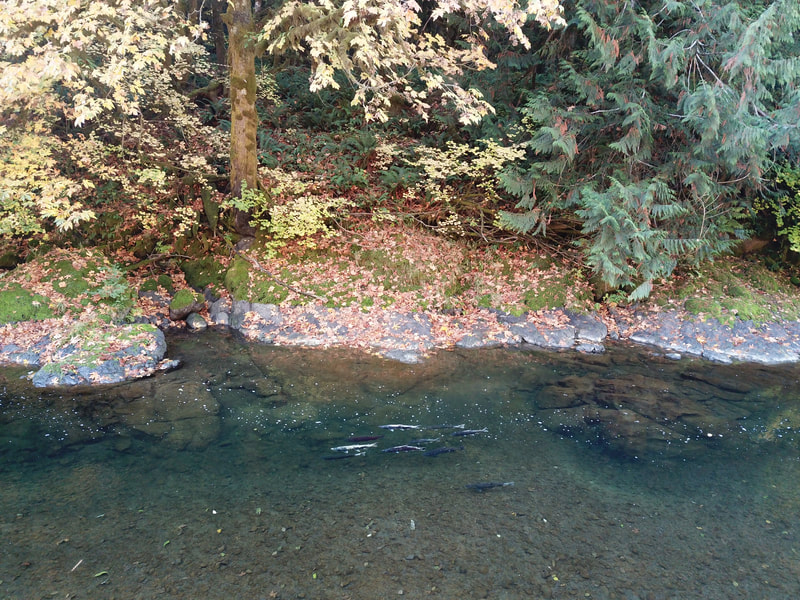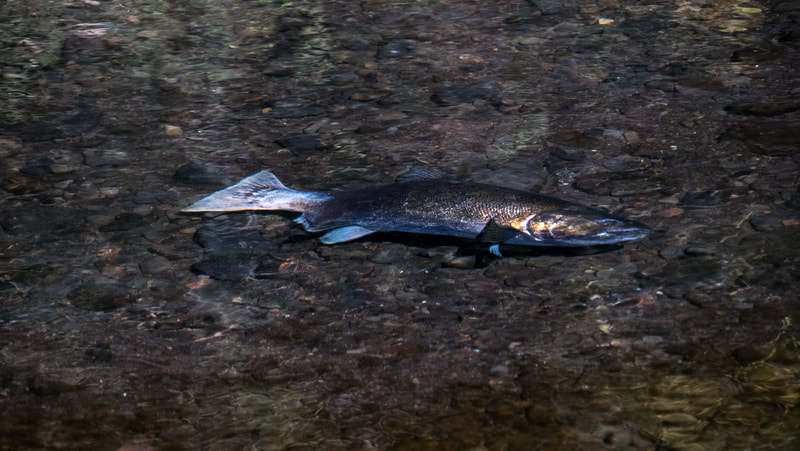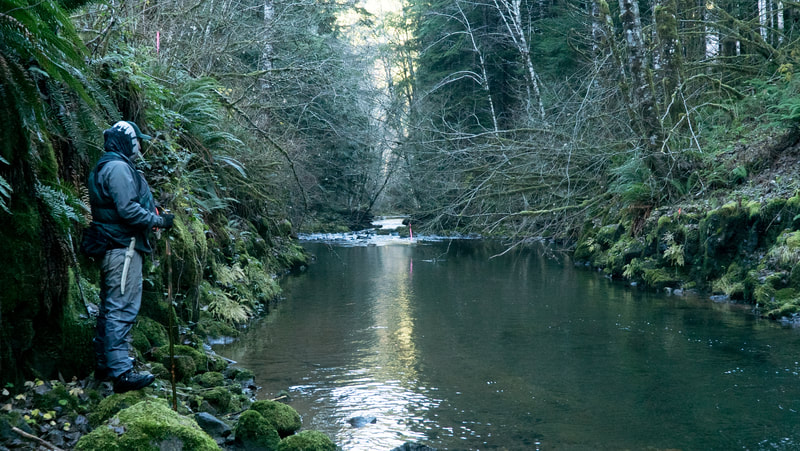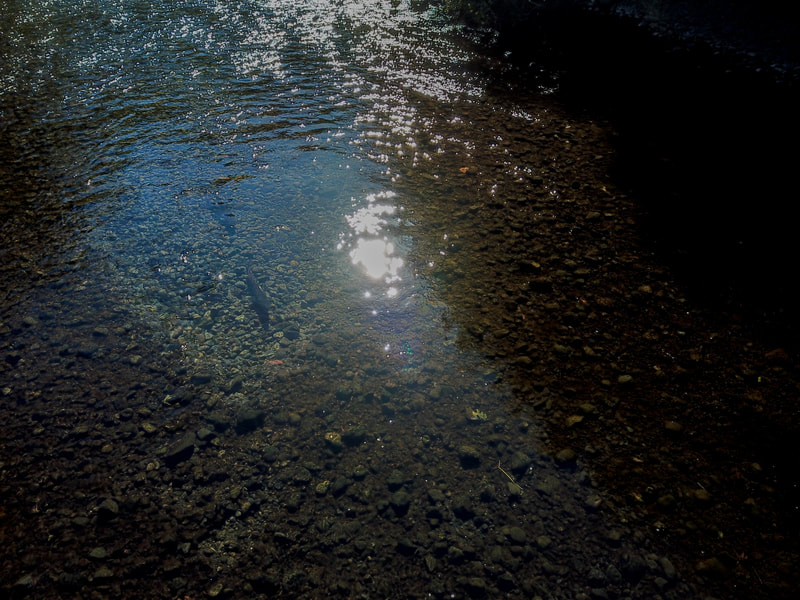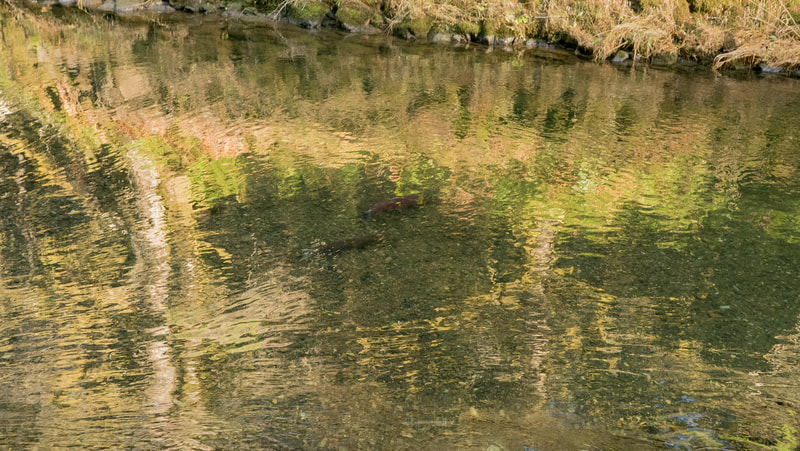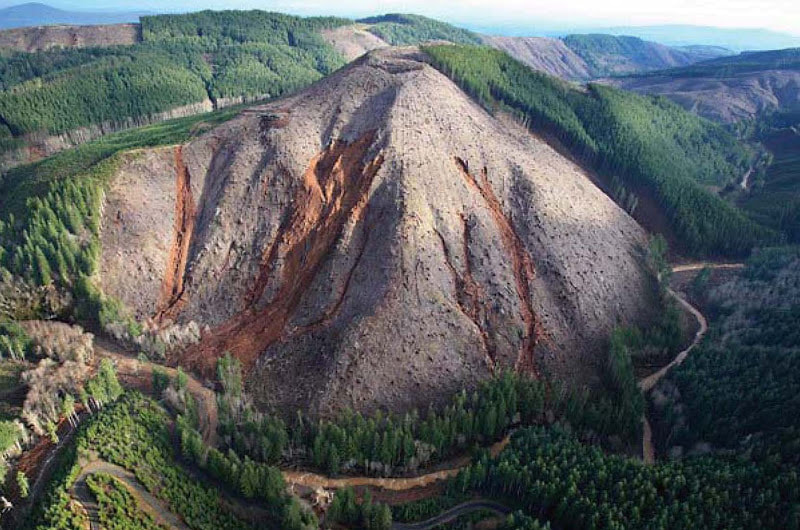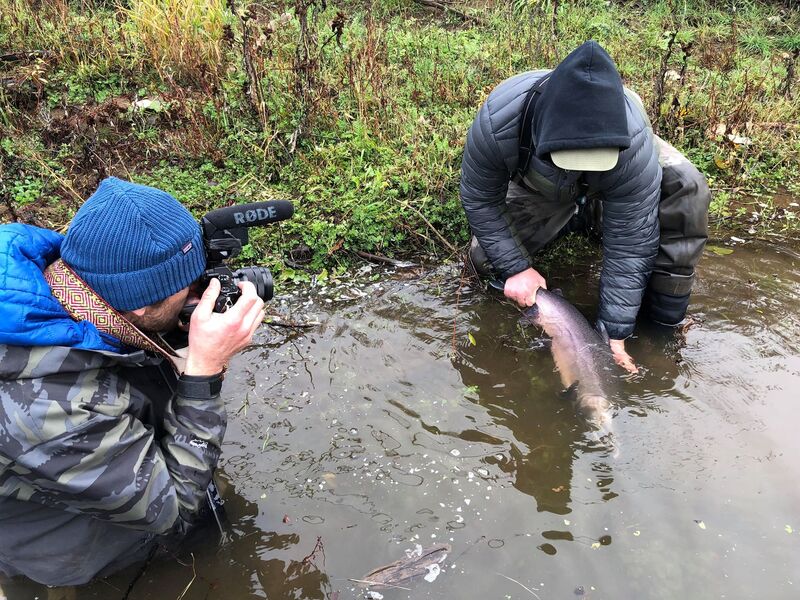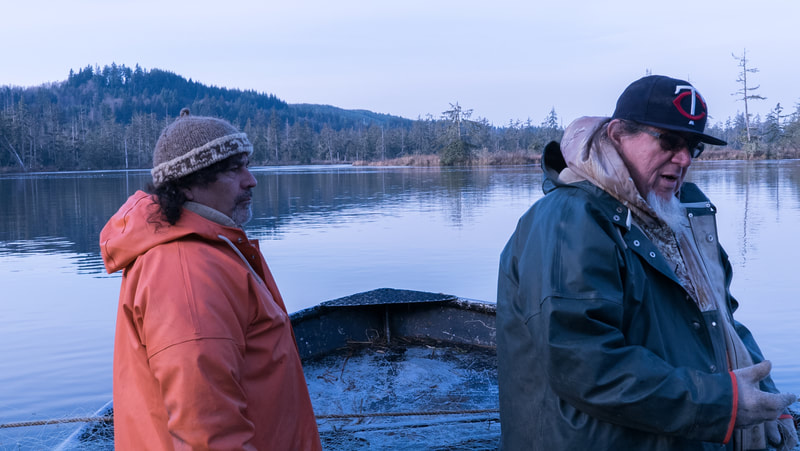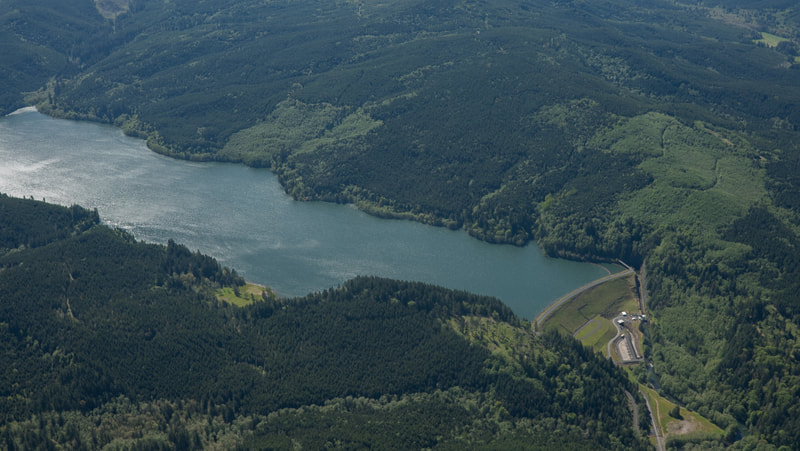CHEHALIS: A WATERSHED MOMENT
THE FILM:
CHEHALIS: A WATERSHED MOMENT is a 60 minute documentary film about how climate change and a legacy of human impact is affecting Washington’s Chehalis River and the people living in the watershed. Told by the people grappling with decisions that will affect the fate of the river, its salmon and their communities, the film explores the intersection of social, cultural, economic and environmental values that are increasingly being defined by a new climate reality.
Faced with worsening floods and a prized salmon population on the brink of extinction, the decisions made in the coming years will decide the future and fate of this watershed.
On Dec. 3. 2007, the Chehalis River valley experienced a catastrophic flood like never before, marking the fourth major flood in 30 years. With the flood came the resurgence of long-standing interest in building a flood retention dam.
The dam proposal has spurred a massive scientific investigation to learn more about this little known basin and its fragile habitat. If no action is taken, the prized spring Chinook population will stay on trajectory toward extinction.
Climate change is on the doorstep of this rural American watershed, with models predicting a 20% increase in storm intensity and rising water temperatures over the next 80 years. The film asks the question: Can diverse communities and cultures find common ground to solve the crises of increasing floods, droughts and the plight of an iconic species?
ABOUT THE BASIN:
The Chehalis is Washington’s second largest river and flows directly to the ocean. The watershed is 2700 square miles, draining several ecological regions, including the Coastal Willapa hills, the Cascades, the Black Hills, the Olympics and the large estuary of Grays Harbor,
These ecoregions are home to the greatest diversity of amphibians in the state, crucial nesting grounds for migratory birds such as trumpeter swans, a wildlife corridor connecting the Cascades to the Olympics, and quite possibly the most important wild salmon stronghold in the state.
Historically, the Chehalis once supported over one million salmon. And while populations are a shadow of their former abundance, the river still has some of the largest returns of self-sustaining wild salmon and steelhead in the state. These fish are not protected under the Endangered Species Act, despite a legacy of resource extraction that has degraded 80% of the habitat.
THE DAM: (Flood Retention Facility)
A 250’ tall flood control dam is being proposed in the headwaters of the Chehalis. The dam will be activated when a major flood is forecasted. Its purpose is not to stop floods, but to reduce flood impacts.
The footprint of the dam and temporary reservoir is important spawning and rearing habitat for wild steelhead, coho and both spring and fall chinook.
THE RESTORATION PLAN: (Aquatic Species Restoration Plan)
To prepare for the impacts of climate change and restore river health and salmon, the State of Washington, the Confederated Tribes of Chehalis, the Quinault Indian Nation and others are designing the largest river restoration plan in the history of the state. The Aquatic Species Restoration Plan (ASRP) proposes three possible scenarios to restore 200- 400 miles of the river and its tributaries. Actions include:
For more information: chehalisriveralliance.org
THE FILM:
CHEHALIS: A WATERSHED MOMENT is a 60 minute documentary film about how climate change and a legacy of human impact is affecting Washington’s Chehalis River and the people living in the watershed. Told by the people grappling with decisions that will affect the fate of the river, its salmon and their communities, the film explores the intersection of social, cultural, economic and environmental values that are increasingly being defined by a new climate reality.
Faced with worsening floods and a prized salmon population on the brink of extinction, the decisions made in the coming years will decide the future and fate of this watershed.
On Dec. 3. 2007, the Chehalis River valley experienced a catastrophic flood like never before, marking the fourth major flood in 30 years. With the flood came the resurgence of long-standing interest in building a flood retention dam.
The dam proposal has spurred a massive scientific investigation to learn more about this little known basin and its fragile habitat. If no action is taken, the prized spring Chinook population will stay on trajectory toward extinction.
Climate change is on the doorstep of this rural American watershed, with models predicting a 20% increase in storm intensity and rising water temperatures over the next 80 years. The film asks the question: Can diverse communities and cultures find common ground to solve the crises of increasing floods, droughts and the plight of an iconic species?
ABOUT THE BASIN:
The Chehalis is Washington’s second largest river and flows directly to the ocean. The watershed is 2700 square miles, draining several ecological regions, including the Coastal Willapa hills, the Cascades, the Black Hills, the Olympics and the large estuary of Grays Harbor,
These ecoregions are home to the greatest diversity of amphibians in the state, crucial nesting grounds for migratory birds such as trumpeter swans, a wildlife corridor connecting the Cascades to the Olympics, and quite possibly the most important wild salmon stronghold in the state.
Historically, the Chehalis once supported over one million salmon. And while populations are a shadow of their former abundance, the river still has some of the largest returns of self-sustaining wild salmon and steelhead in the state. These fish are not protected under the Endangered Species Act, despite a legacy of resource extraction that has degraded 80% of the habitat.
THE DAM: (Flood Retention Facility)
A 250’ tall flood control dam is being proposed in the headwaters of the Chehalis. The dam will be activated when a major flood is forecasted. Its purpose is not to stop floods, but to reduce flood impacts.
The footprint of the dam and temporary reservoir is important spawning and rearing habitat for wild steelhead, coho and both spring and fall chinook.
THE RESTORATION PLAN: (Aquatic Species Restoration Plan)
To prepare for the impacts of climate change and restore river health and salmon, the State of Washington, the Confederated Tribes of Chehalis, the Quinault Indian Nation and others are designing the largest river restoration plan in the history of the state. The Aquatic Species Restoration Plan (ASRP) proposes three possible scenarios to restore 200- 400 miles of the river and its tributaries. Actions include:
- Streamside forested areas that can provide the large wood, nutrients, shading and cooling, stream bank protection, and fish and wildlife migration corridors needed by aquatic species
- Floodplain and off-channel habitat and wetland restoration that will improve watershed connectivity, water storage, and help augment low flows and reduce water temperatures, while creating highly diverse fish and wildlife habitat
- In-channel large wood restoration to increase cover and roughness, decrease channel incision, retain and sort sediments, create deep pools, and improve channel complexity and floodplain connectivity in strategic locations
- Removal of fish passage barriers to improve access to upstream habitats
For more information: chehalisriveralliance.org


